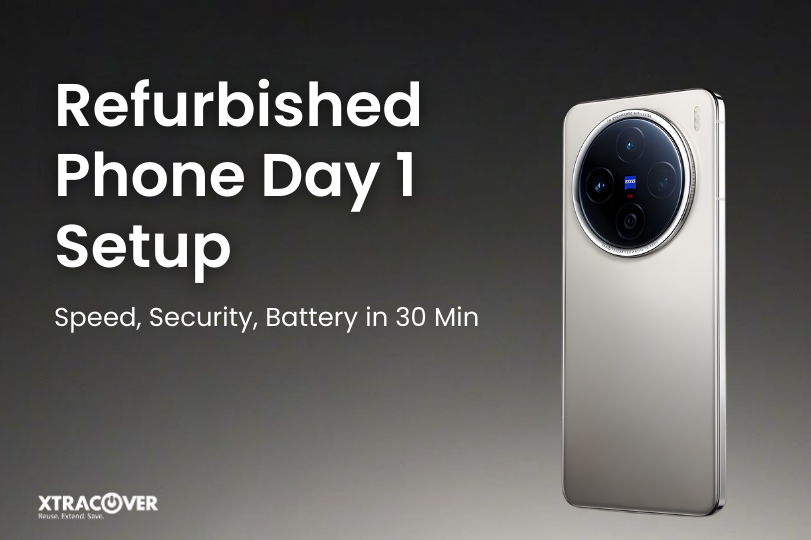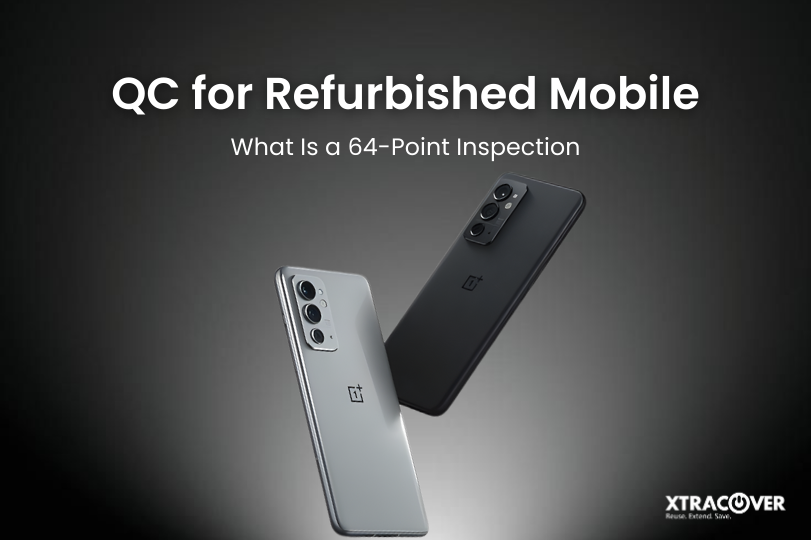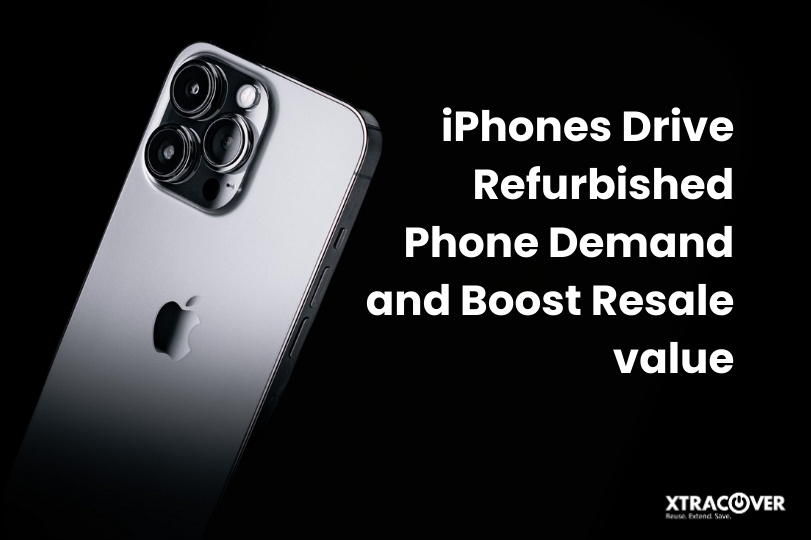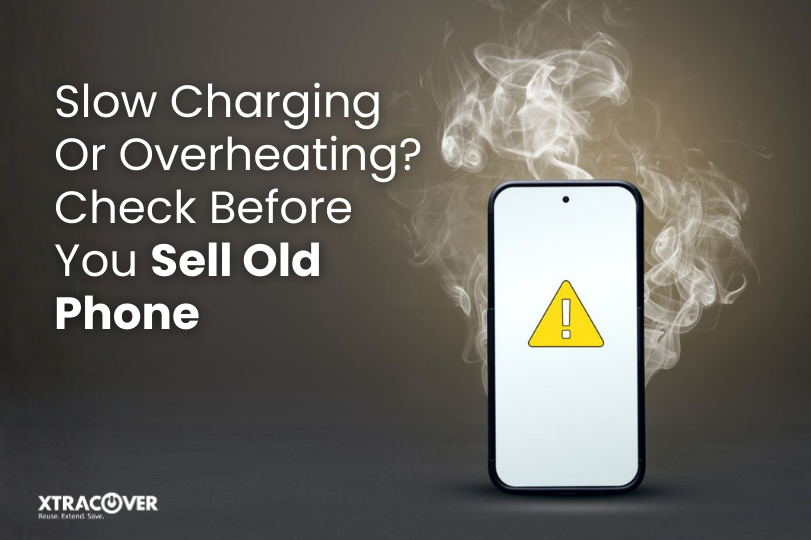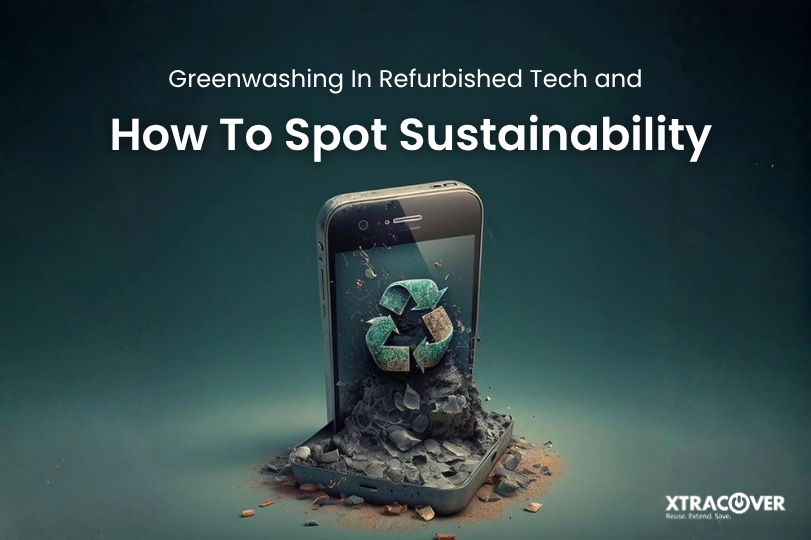We live in a rapidly upgrading world. Don’t believe me? Just consider how quick we are to discard smartphones before they reach their second birthday for something more trendy or new. In this fast-paced cycle, when a refurbished device starts slowing or dying too fast, one key component always gets pointed to as the culprit: the battery.
And, for good reason, when the word refurbished enters the dialogue, scepticism tends to raise its ugly head. “Will the battery last?” “Is it already degraded?” “Will it keep a charge like a new one?”
A degree of scepticism is warranted. The performance of a battery impacts everything from how urgently you reach for a charger to how much you rely on that cell phone to get you through a day of calls, video, or work. What most fail to grasp is that simply ‘refurbished’ isn’t synonymous with unsafe and that battery life doesn’t have to be a guessing game.
The real truth around refurbished battery life is about more than just percentages and cycles; it’s about process, accountability, and sustainability.
Let’s unpack what’s actually transpiring under the hood of refurbished phones and why battery health might be the most underutilised solution not only to personal technology unease but also to planetary health.
Understanding the Battery Lifecycle
Lithium-ion batteries, which are used in smartphones and the majority of laptops, have a naturally limited lifespan. Most devices that use lithium-ion batteries are capable of producing around 400-500 full charge cycles before providing noticeable degradation. That does not mean they can’t be used anymore, but that the maximum capacity begins to degrade.
When devices are refurbished, battery testing must be performed by responsible refurbishers. Refurbishers do more than just wipe data and clean a screen; instead, they diagnose the battery with a variety of software tools designed to read important metrics like:
- Battery health percentage – current capacity vs. original capacity
- Cycle count – how many full charges the battery has been through
- Voltage and temperature behaviour – to check for signs of stress or aging
- Charge retention – how fast it drains at idle or under load
If the battery doesn’t meet certain thresholds (usually 80% capacity or above), it’s replaced. Not patched. Not ignored. Replaced.
When Replacement Is Smarter Than New
Swapping out an old battery for a non-degraded OEM battery is usually better for performance than a new phone. In fact, refurbished devices often have better longevity than market-available devices because they’ve already been validated (tested), filtered, and, in some cases, upgraded.
Also, keep in mind: new devices come with new batteries that have never been exposed to a real-world use cycle. Whereas refurbished devices have been post-use battery measured, stressed and remanufactured, which brings them back to a stable condition.
This isn’t cutting corners. It’s cutting waste.
Certifications Matter: The Role of Quality Checks
There’s a massive difference between a second-hand phone and a certified refurbished phone. Certification involves structured testing, often a 35- to 64-point checklist that includes the battery as a core component.
Refurbishers like XtraCover subject every device to such quality control protocols. Battery testing is central to this. If the battery fails to meet standard operating benchmarks, the device doesn’t go up for sale.
So when you see a device marked “certified refurbished, warranty included”, know that it’s not just been cleaned and boxed; it’s been evaluated, graded, and validated, battery included.

The Myth of Subpar Refurbished Battery Life
Let’s bust one of the most persistent myths right here: that refurbished batteries can’t compete with new ones.
Battery life is influenced more by software optimisation, usage patterns, and temperature exposure than age alone. In fact:
- Phones with 85-90% battery health often deliver near-new endurance.
- Refurbished iPhones and Android devices that receive battery replacements can outperform devices that have been idle for months in stockrooms.
- Many refurbished laptops now come with grade A batteries, which are either newly installed or rarely used.
‘Refurbished’ doesn’t mean ‘reused’. It means reviewed.
Warranty: The Confidence Marker
A warranty on a refurbished device is more than a safety net; it’s a statement of confidence in the battery and device condition. Whether it’s 6 months or a year, a warranty-backed phone or laptop offers assurance that the battery has passed tests and isn’t likely to deteriorate overnight.
It also means that in the rare case it does falter, you’re covered.
That kind of support doesn’t exist when you buy second-hand directly from an individual or, worse, from a vague seller with no return or replacement policy.
Battery Life and the Environment: The Hidden Impact
Now, let’s take a step back.
Every year, millions of phones end up in landfills around the world, mostly because people feel the battery is sluggish, not because there is anything wrong with the phone; after all, it is still good. These devices often still work. They just haven’t been optimised, tested, or restored.
What happens next? Landfills. E-waste. Toxic leakage into soil and water systems.
Refurbishment, especially with tested or replaced batteries, interrupts this cycle. This gives the device one to three years more life, postponing the environmental costs due to manufacturing a new device and disposing of an old one.
In this instance, battery health is not simply a technology issue; it’s a sustainability solution.
What to Ask Before You Buy Refurbished
Regardless of whether you’re buying a refurbished iPhone 13, Samsung Galaxy S21 FE, or even something like a computer such as the Dell Latitude 7490, there are always battery-related questions to ask:
- Is the battery original, replaced, or tested?
- Does the device come with a warranty?
- Is battery cycle count disclosed?
- What grading system is used (Good vs. Superb)?
This list will not only ensure peace of mind – it will show you are dealing with someone who respects performance and your right to make an informed decision.
FAQs
Q1: How long will a refurbished phone battery last?
Expect performance similar to a new phone if it has been certified and tested. Most replaced batteries provide 1-2 years of solid performance depending on device model, usage habits, etc.
Q2: Is a battery with 85% health still good?
Yes. Industry standards accept anything above 80% as safe and reliable. Many users won’t notice any difference in real-world usage.
Q3: Can refurbished devices have brand-new batteries?
Yes. Many certified refurbishers replace batteries if the health dips below threshold. These replacements are often OEM compliant or better.
Q4: Is a warranty important for battery protection?
Absolutely. Visits by third parties (especially when the original battery has been replaced) count as warranty visits without impacting warranty use or conditions for paperwork.
Q5: Do refurbished devices fast charge?
Yes. As long as the battery and charging port are certified and intact, refurbished phones support the same fast-charge protocols as new ones.
Don’t Just Buy Refurbished, Buy Smart
The truth about refurbished battery life is this: it’s only a concern when you don’t know what you’re buying. However, as long as devices are tested, certified, and covered by a warranty, they work great – no guilt about harming the environment, no financial pain.
Battery life should never be an excuse to not make conscious, sustainable tech choices. It should be the reason you chose it in the first place.
XtraCover, through its quality-first approach and commitment to warranty-backed refurbished devices, ensures that your battery doesn’t just power your day; it supports the planet, too.


